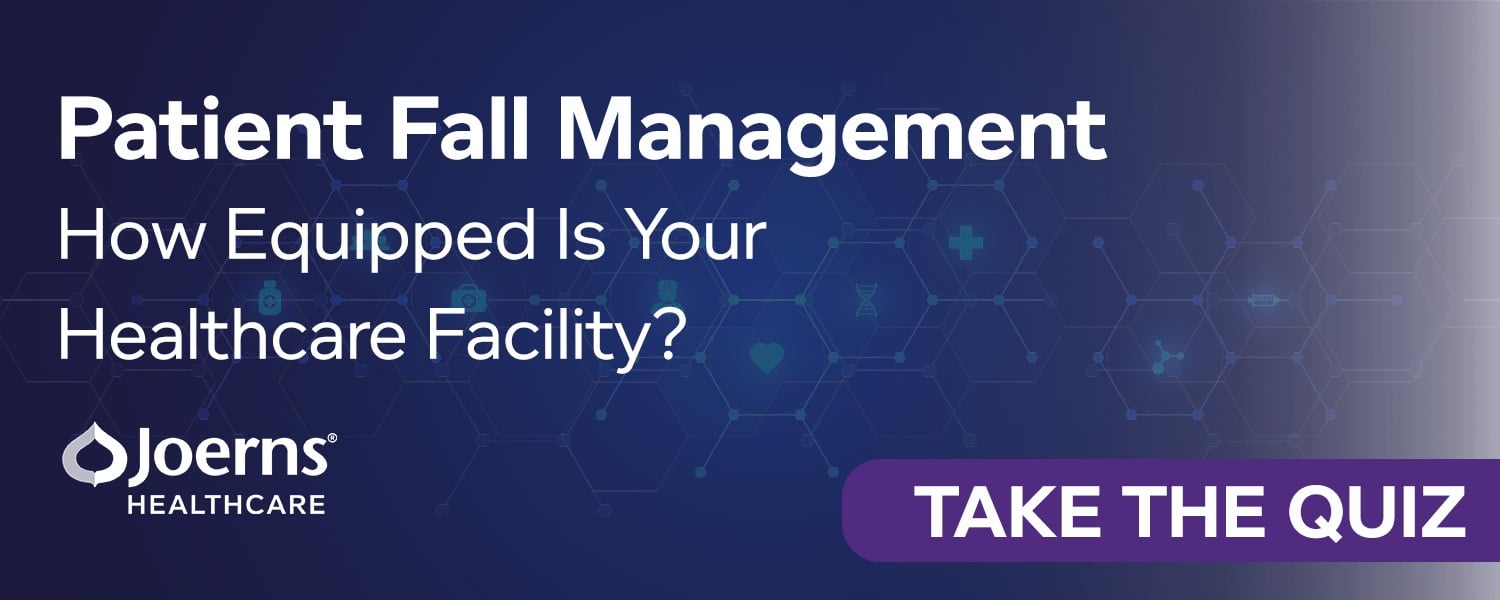Falls are a very common occurrence in long-term care facilities, with 1.5 falls per bed each year. Of these falls, one in four will result in injury, and one in ten will result in serious injury. Fall-related injuries can have many long-term consequences for patient well-being and increase providers’ legal exposure.
While some falls are due to factors beyond our control, there are many things that healthcare providers can do to reduce the risk of patient falls. This means adhering to basic principles that are required for reducing falls.
Principles for Fall Reduction
The best principles to promote reducing falls will generally hold true regardless of the specific type of environment. There are many principles that could be followed, and each care team should carefully evaluate the guiding principles that they rely on.
Customized Interventions
While there are many different strategies that can be used to promote patient safety and reduce falls, what works in one situation might not work as well in another. To enable better outcomes, it’s important to use customized safety interventions that are specific to each patient instead of a catch-all approach.
Mobility Promotion
Many fall reduction strategies can reduce or restrict patient movement. When planning fall prevention interventions, it is important to keep in mind that reduced mobility also carries several potential complications.
Promoting mobility by using the least restrictive interventions available help providers avoid the complications that immobility can create. Additionally, promoting mobility also improves patient satisfaction, independence, and dignity.
Team Involvement
Fall prevention isn’t the responsibility of just one team member or a subset of the patient’s healthcare team. While fall prevention may primarily be planned and implemented by certain providers, every member of the healthcare team should play a role.
This principle requires clear communication about each patient’s fall prevention plan as well as the development of a culture where everyone is involved in reducing falls and risks associated.
Strategies
Once a team has developed principles that will be used to guide fall reduction planning, these principles should be embodied as specific strategies. Strategies should be clear and easy to implement. Having specific strategies will help provide a unified approach to fall reduction and put a clear plan in place that can be easily adhered to.
Regular Rounds
Regular, scheduled rounds to ensure patient needs are addressed has been shown to be an effective method of significantly decreasing fall risks. Not only does routine rounding ensure that patient needs are met, but it also provides consistency that patients can depend on.
This consistency provides patients with the knowledge that their needs will be addressed on a predictable schedule.
Call Bell Accessibility
Patients who require assistance when transferring or doing other activities must have their call bell readily accessible at all times. When call bells are not accessible, patients may be more likely to attempt potentially dangerous activities by themselves.
Patients may also attempt to reach a call bell that is out of reach, increasing their risk of falls. By ensuring call bells are within reach, providers can help ensure that patients are equipped to comply with fall prevention instructions.
Environmental Safety
A key strategy that should be part of any fall prevention program is good environmental safety. Environmental safety includes:
- Good lighting
- Area free from trip hazards
- No disorienting lights or sounds
- A direct route from bed to the bathroom
- Assistive railings in bathrooms
- All personal items within reach
Environmental safety considerations will vary based on the specific type of facility and unique needs of the patients. Providers should carefully evaluate patient care environments, eliminating or reducing any risk factors that can be modified.
Assistive Devices
Skilled patient facilities can be proactive in reducing falls by using appropriate assistive devices. These can include simple assistive devices, like non-slip footwear and walkers, to more complex equipment, like Hoyer lifts. Choosing the right assistive devices for each patient will help to reduce their risk of falls.
It is important to keep in mind that a patient’s need for assistive devices is not static and that frequent reassessment may be necessary to ensure that a specific assistive device is still the best option for a patient’s specific situation.
Monitoring
Patient monitoring can include using devices like bed alarms or personnel like patient supervision. Monitoring should be used on any patient who is a high fall risk and is not able to fully and consistently follow instructions. Monitoring devices will be most effective when adjusted to avoid false alarms.
Strategies for Reducing Falls
A vital component of falls management programs is having equipment on hand that staff can use to help in reducing falls. Likewise, an equipment management solution is an important component of ensuring that equipment is available when needed. Better equipment availability improves compliance with fall reduction planning and reduces barriers to promoting patient safety.
For more information on reducing falls and controlling your skilled nursing patients’ fall risk, contact us.
